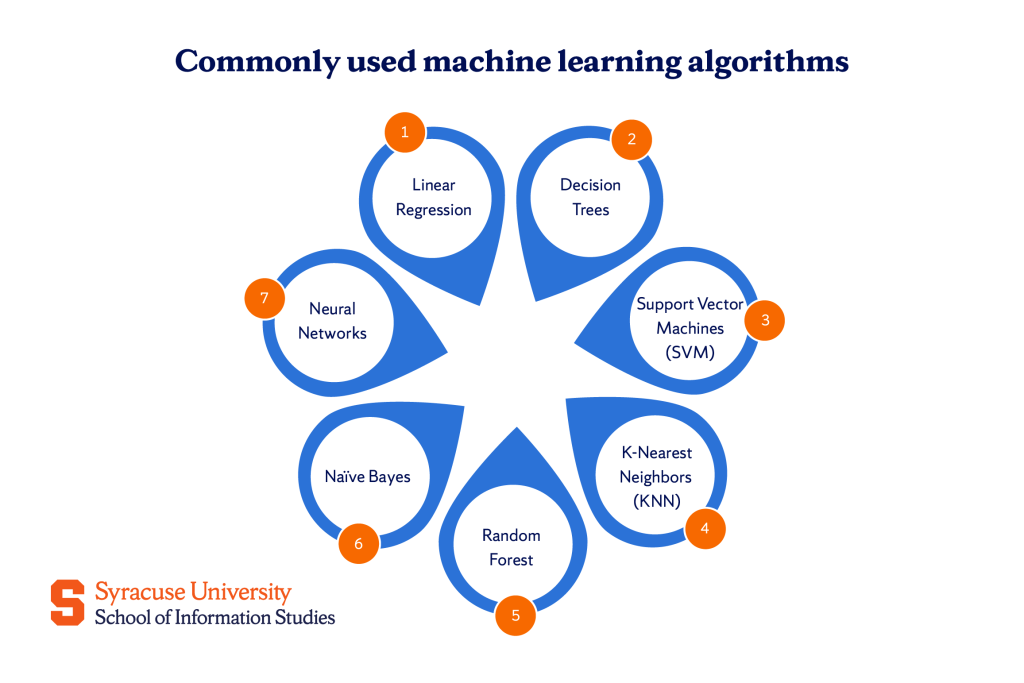How I Finally Stopped Being Stupid and Understood Prediction
I swear, for the last year, I’ve been chasing the shiny objects. Every tutorial promised some revolutionary new deep learning technique that would solve all my problems. I was diving headfirst into complicated papers, trying to replicate models that had a thousand parameters, and my results? Garbage. Absolute, noisy garbage.

I finally got so frustrated last month that I just slammed my laptop shut. I realized I was trying to build a fancy skyscraper when I couldn’t even pour a concrete foundation. That’s when I decided to strip everything back to the absolute bone. The goal wasn’t to build the best predictor; the goal was to understand exactly how the machine makes the simplest, most fundamental decision: “Is this A, or is this B?”
I started with Logistic Regression. Not using some massive framework like PyTorch, but literally just using NumPy. I opened the terminal, created a new environment, and downloaded the simplest dataset I could find—something basic, maybe some synthesized data points about whether a customer buys a product or not, just two features, two classes. No images, no massive text files. Just a tiny CSV.
My first practical step was writing out the math by hand. Not copying and pasting, but actually writing down the Sigmoid function on a piece of scratch paper, then translating that mess into a NumPy function. It was painful. I swear I hadn’t looked at calculus this closely since college, and even then, I mostly cheated.
The core of the practice was broken down into a few messy steps I forced myself through:
- Initiated the weights and bias: Started everything at zero, obviously.
- Calculated the Z-score: Just matrix multiplication. Simple enough, but easy to mess up the dimension alignment.
- Applied the Sigmoid function: This is where the magic happens—turning that score into a probability between 0 and 1.
- Crunched the Cost Function: Log loss. This calculation is what tells you exactly how wrong you are. I spent a whole evening debugging this one line because I had flipped a sign. Rookie mistake, but one I usually gloss over when using pre-built libraries.
- Figured out the Gradients: This is the killer. Calculating the partial derivatives for the weights and bias. This process is what tells the model where to step next. It was messy, complicated, and made me realize that I had only ever had a surface-level understanding of optimization before.
I ran the optimization loop. I set a learning rate—a stupidly high one just to see what happened—and watched the cost function bounce around like crazy. It wouldn’t converge. It was an absolute disaster. I kept trying to blame NumPy, saying the floating-point arithmetic was faulty. Then I remembered what I had learned years ago but promptly forgotten: scaling the features.

I implemented a simple MinMax scaler on the data. Re-ran the whole thing. Suddenly, the cost function wasn’t jumping all over the place. It was smoothly descending, just like the textbook pictures. That small, obvious step unlocked the entire process for me. It wasn’t the complicated math in the middle; it was the boring, simple setup at the start that determines whether the prediction process can even work.
This whole practice, focusing on predicting “what is present” using only the most rudimentary math, changed my perspective entirely. I realized why all those huge, complicated projects failed. It wasn’t because the network architecture was wrong, or because the dataset was too big. It was because the data going into the network was poorly formatted, unscaled, and generally just a mess. The model never had a chance to learn because the input was nonsensical.
I know this sounds plain stupid, but doing this simple prediction model from the ground up made me feel like I finally earned the right to use the fancy tools. Now, when I open a massive framework, I actually know what the `fit()` function is doing when it calls an optimizer. It’s not magic anymore; it’s just that boring, painful calculus I forced myself to re-implement last week.
And let me tell you, every prediction I’ve run since then, whether it’s classifying text or detecting anomalies, has improved dramatically. Why? Because I spend 80% of my time now on the core concepts: understanding the data, cleaning the noise, and ensuring the features are scaled properly. That practice was the key; it wasn’t the fancy model I thought I needed.
